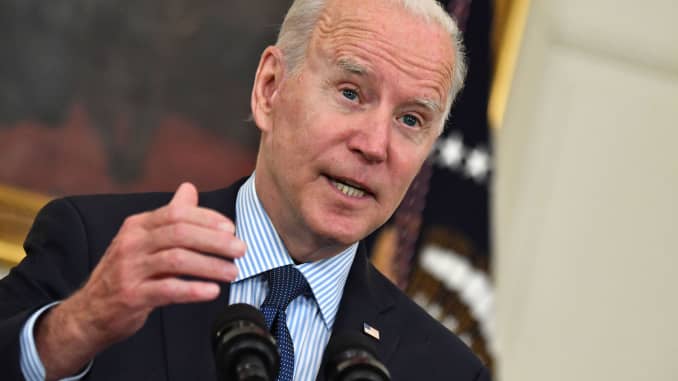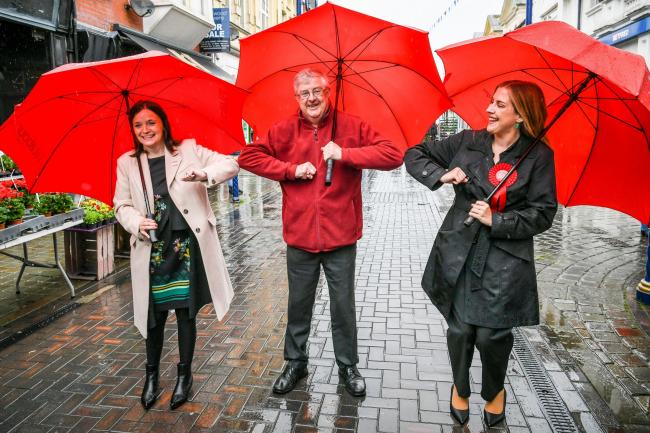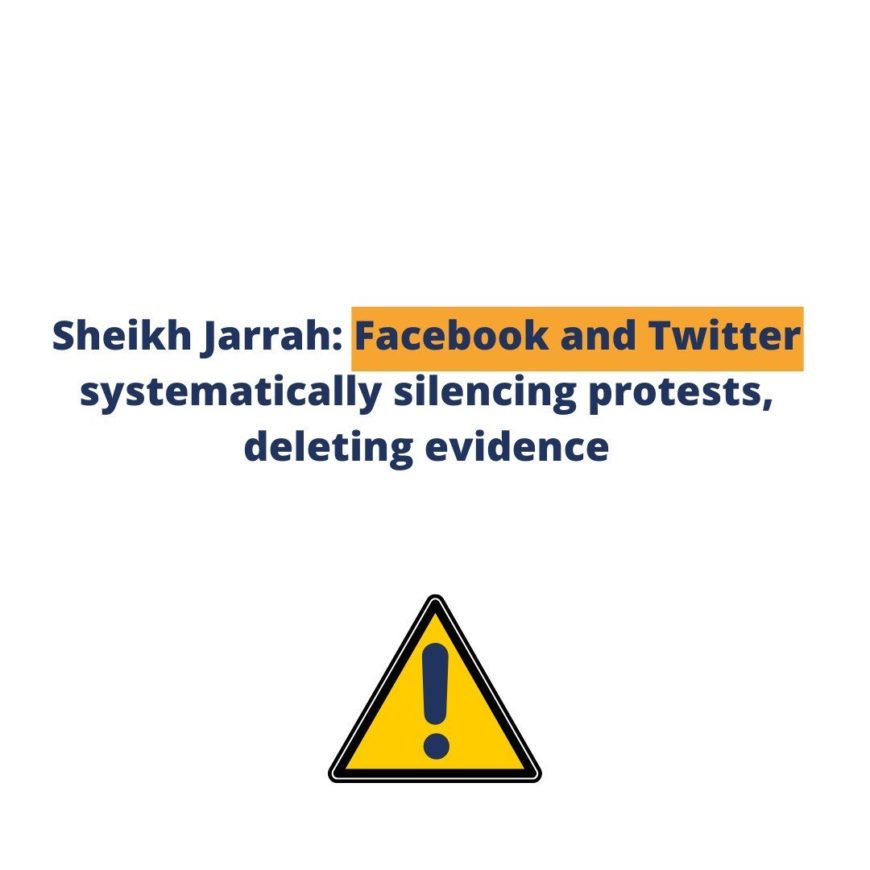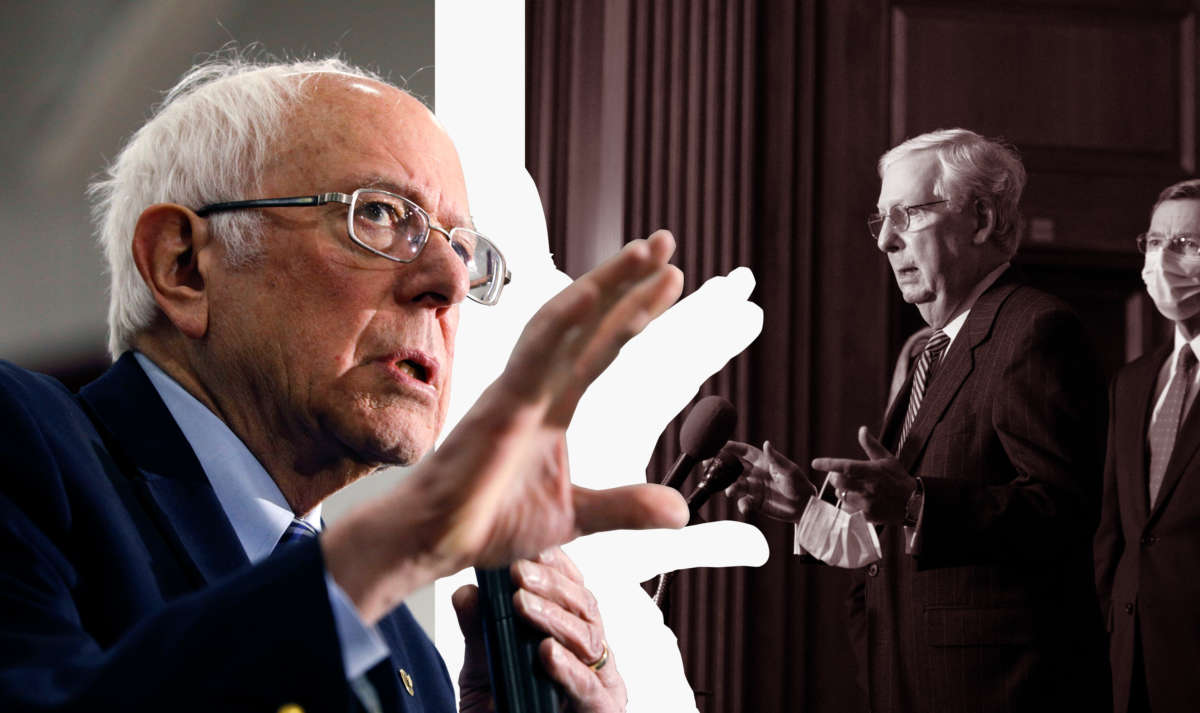Minutes before midnight March 22, two art collectors got into a heated bidding war at a charity auction for a climate organization. The auction was happening online, but it was eliciting the same staggering dollar amounts and tense drama of an in-person auction house.
The item in contention was a single picture of a futuristic scene. The bidding had already exceeded $5 million, but Justin Sun, a 30-year-old tech entrepreneur, kept getting outbid by just $50. Ultimately, Sun offered an even $6 million and the auction was over. Sold, to the cryptocurrency millionaire.
His prize was a digital drawing by the artist beeple, who just a couple weeks earlier had sold a series of pieces for $69 million, the highest price paid for digital art. The auction was benefitting digital advocacy organization Open Earth Foundation, which ended up raising a total of $6.6 million. Beyond raising funds, the foundation aimed to raise awareness about the potential for digital technologies to address climate change, as well as their potential negative impact.
“Obviously, we landed at the right place at the right time,” said Martin Wainstein, executive director of Open Earth Foundation.
Blockchain-based non-fungible tokens (NFTs) recently have made a big splash in the art world and beyond. Fundamentally, they allow for the unique differentiation and ownership of digital goods. In addition to generating both headlines and confusion, NFTs have drawn attention to the high carbon footprint of certain blockchain applications. Cryptocurrency and digital art are riding high on the tech hype cycle right now, but the current conversation around NFTs raises a critical question for anyone seeking to use blockchains as a sustainability tool: Are blockchains bad for the planet? As with any tech tool, the short answer is that it depends.
Moving away from proof of work
Much of the perceived negative impact of blockchains comes from just two of them, Bitcoin and Ethereum. These platforms are home to the most widely used forms of cryptocurrency, which makes them the most widely used blockchains in the world.
"We now have a misconception that blockchains are equal to energy and climate impact. That misconception comes from the fact that the two most important blockchains do [have high impact]," Wainstein said.
Blockchains are, by nature, decentralized data records. They include information distributed across a wide network of servers. In order to maintain trust in the veracity of the data, the network needs some way to validate new information. Because every server in the network needs to accept that the new information is authentic, this feature is called a consensus mechanism. Bitcoin and Ethereum both use a consensus mechanism called proof of work, in which computers solve a bunch of complex math problems, and the first one to reach a correct answer adds the next piece of information to the chain. Solving the math problems comes down to processing power, so it uses a whopping amount of electricity.
We now have a misconception that blockchains are equal to energy and climate impact. That misconception comes from the fact that the 2 most important blockchains do [have high impact].
"Bitcoin has a huge and unsustainable energy-consuming pattern. It’s a monster, and we’ve got to stop it," Wainstein said.
There are two ways to lessen the impact of blockchains that use a proof of work consensus mechanism. The first is not to use them at all. Many blockchains use alternatives that are far less energy-intensive. For example, a proof of stake mechanism requires some sort of collateral to be put up (or staked) in order for a member of the network to add new information. Ethereum is already in the process of switching to a proof of stake model.
Many sustainability applications that rely on blockchain technology are already avoiding proof-of-work-based blockchains in favor of more planet-friendly alternatives.
"In most cases, those blockchains are using other kinds of consensus mechanisms where the energy consumption is just not a big deal," Jesse Morris, chief commercial officer of Energy Web, an organization that helps companies manage electricity with digital technologies.
Regen Network, a market for landowners to sell ecosystem services, is based on the public Cosmos platform, which uses proof of stake. IBM’s supply chain tracking efforts are based on a private blockchain called Hyperledger, which uses a mechanism called Byzantine Fault Tolerance.
"First focus on what it is you need to solve, then find the right blockchain for meeting that need," Wainstein advised.
A Paris Agreement for blockchain
The other way to lessen the impact of blockchains is to ensure that the energy used is completely renewable. On April 7, a coalition led by Energy Web announced the Crypto Climate Accord, modeled loosely on the Paris Agreement. The top-level goal of the accord is for all of the world’s blockchains to be powered by 100 percent renewables by 2025. Like the Paris Agreement, this broad pact is pathway-agnostic. It pushes parties to sign onto ambitious goals and then meet those goals in whatever way makes the most sense for them.
"What we’re trying to do here is not about a single company, we want the whole industry to go green as early as 2025," Morris said.
To make blockchains greener, the coalition plans to encourage the same strategies that have enabled tech giants such as Google and Microsoft to make commitments of 100 percent renewable energy for their data centers, such as power matching and smart load management.
"What the tech companies are doing is exactly what crypto can do," Morris said.
Where do NFTs fit in?
NFTs may seem tangential to blockchain’s sustainability applications, because they’re mostly being used for art sales right now. However, just like blockchain overall, the potential uses extend far beyond the initial starting point.
“Art is the first mainstream adoption of it, but there have been many, many instances of people building NFTS for all sorts of different applications,” said Joshua Bijiak, chief technology officer of Creol, a startup that offers blockchain-based carbon credits.
An NFT attests digitally to the unique properties of a given asset, and art is far from the only asset with unique properties. It might eventually be possible to generate an NFT associated with a specific good that indicates the precise energy mix being used at the time it was produced, distinguishing it from a similar good produced just a few hours later.
As with many blockchain solutions, there still needs to be some process to enter physical products into a digital system, but many sustainability assets already are traded entirely in online marketplace. For instance, carbon offsets. An NFT could be used to record the unique attributes of a carbon offset project, helping to address issues of double counting.
For the recent climate NFT auction, the organizers generated unique offsets from the Verra registry that were themselves NFTs. That’s why the team at Open Earth Foundation was enthusiastic about the auction, even before its $6.6-million windfall. It highlighted the promise of using blockchain, not just the peril.
"It’s empowering things that we couldn’t do before in all sectors: currency, art, carbon, the planet; and we’ll continue seeing that, there’s no doubt about it," Wainstein said.















